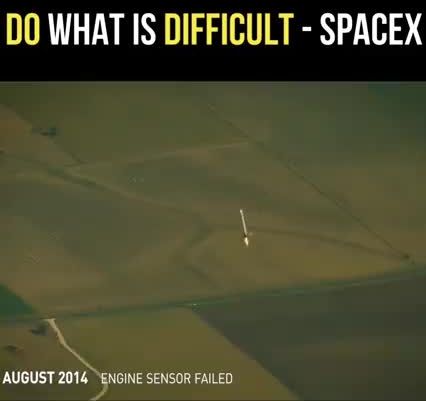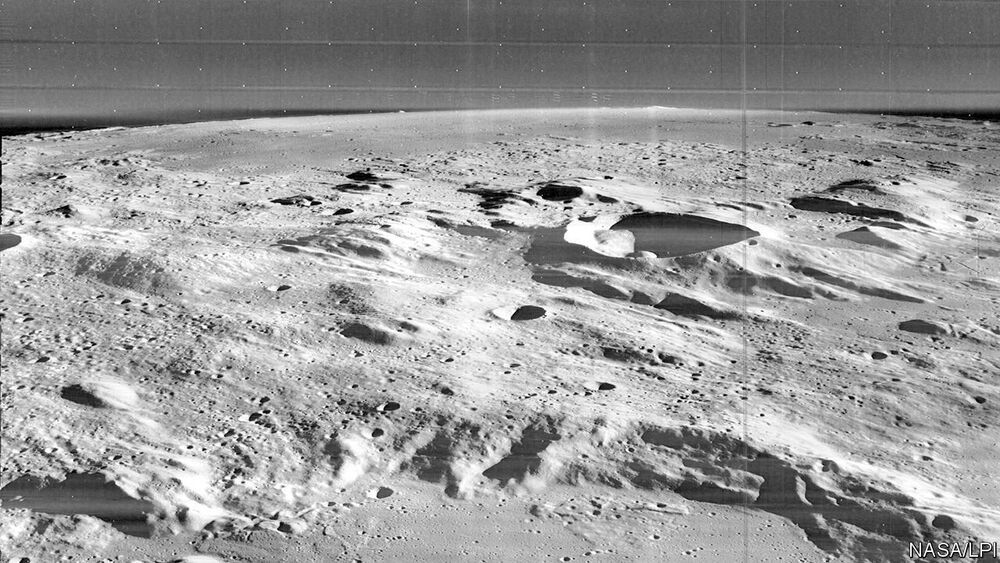A dozen ocean species new to science could already be threatened by climate change, scientists find.
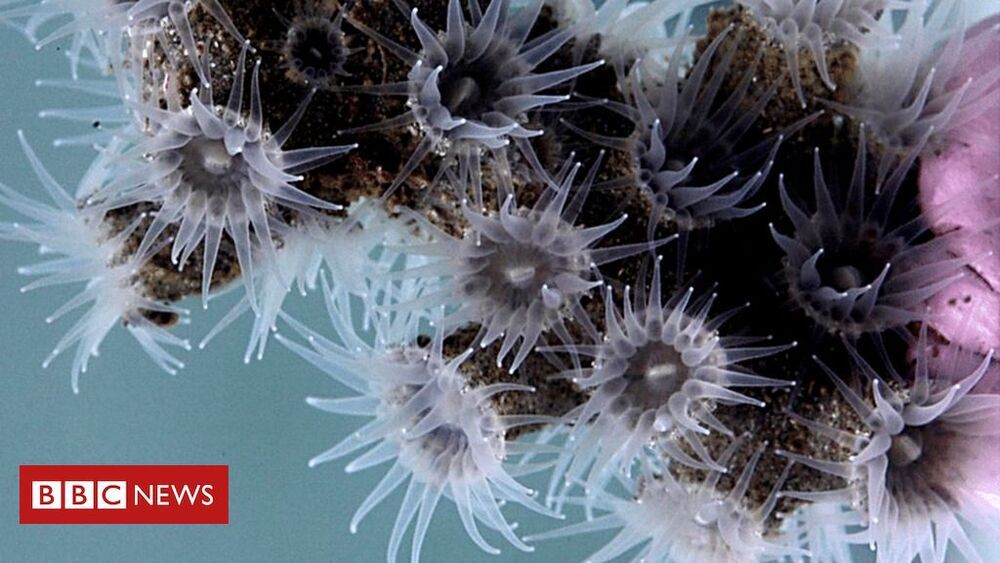

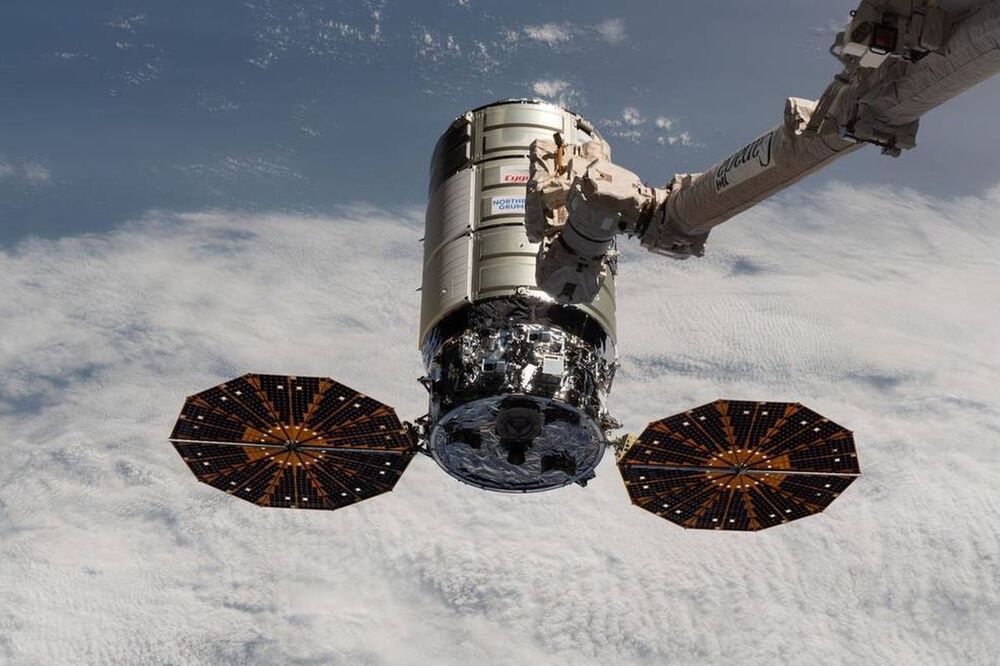
Considering the innovations in vertical farming, it seems indoor farming is gaining even more steam.
Abhu Dhabi is now about to build the world’s largest indoor farm; overcoming their desert climate and making efficient use of their limited water supply. It will be able to produce 10000 tonnes of fresh vegies every 12 months.
Very cool! 😃
THE DESERT emirate of Abu Dhabi is set to have the world’s largest indoor farm, capable of producing more than 10000 tonnes of fresh vegetables every 12 months.
Abu Dhabi’s intense climate means that for eight months of the year it is impossible to grow vegetables naturally.
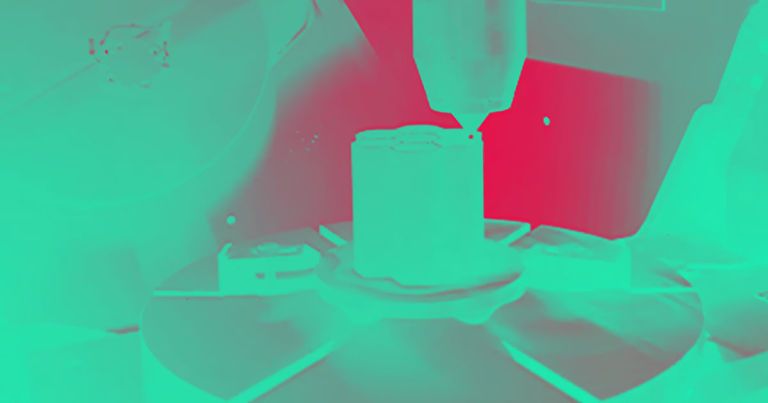
Ralph Baric, PhD, is the William R. Kenan, Jr. Distinguished Professor in the Department of Epidemiology and Professor in the Department of Microbiology and Immunology. He is a Harvey Weaver Scholar from the National Multiple Sclerosis Society and an Established Investigator Awardee from the American Heart Association. In addition, he is a World Technology Award Finalist and a fellow of the American Association for Microbiology. He has spent the past three decades as a world leader in the study of coronaviruses and is responsible for UNC-Chapel Hill’s world leadership in coronavirus research. For these past three decades, Dr. Baric has warned that the emerging coronaviruses represent a significant and ongoing global health threat, particularly because they can jump, without warning, from animals into the human population, and they tend to spread rapidly.
The Baric Lab uses coronaviruses as models to study the genetics of RNA virus transcription, replication, persistence, pathogenesis, genetics and cross-species transmission. He has used alphavirus vaccine vectors to develop novel candidate vaccines. Dr. Baric has led the world in recognizing the importance of zoonotic viruses as a potentially rich source of new emerging pathogens in humans, with detailed studies of the molecular, genetic and evolutionary mechanisms that regulate the establishment and dissemination of such a virus within a newly adopted host. Specifically, he works to decipher the complex interactions between the virion and cell surface molecules that function in the entry and cross-species transmission of positive-strand RNA viruses.
In 20172018 and 2019, Dr. Baric was named to Clarivate Analytics’ Highly Cited Researchers list, which recognizes researchers from around the world who published the most widely-cited papers in their field. Also in 2017, he was awarded a grant for more than $6 million from the National Institute of Allergy and Infectious Diseases (NIAID) to accelerate the development of a promising new drug in the fight against deadly coronaviruses, which is currently in clinical trials to reverse COVID-19 disease in humans. In this collaboration, he continued his partnership between the Gillings School and Gilead Sciences Inc. to focus on an experimental antiviral treatment that he had previously shown to prevent the development of severe acute respiratory syndrome coronavirus (SARS-CoV) in mice. The drug also was shown to inhibit MERS-CoV and multiple other coronaviruses (CoV), suggesting that it may actually inhibit all CoV. He continues to work with this drug.

When science is politicized, or commercially compromised, lives are often lost. Let US put our political and ideological differences aside, and enjoy the science and information others have to share. Let US not try to control the narrative based on our political or ideological beliefs to push a flawed narrative people do not want questioned because it is flawed to begin with, and needs an added push. Respect what people have to share, and do not try to spread hatred against them. The comments sections can be easily used for you to share your point of view by questioning…O
